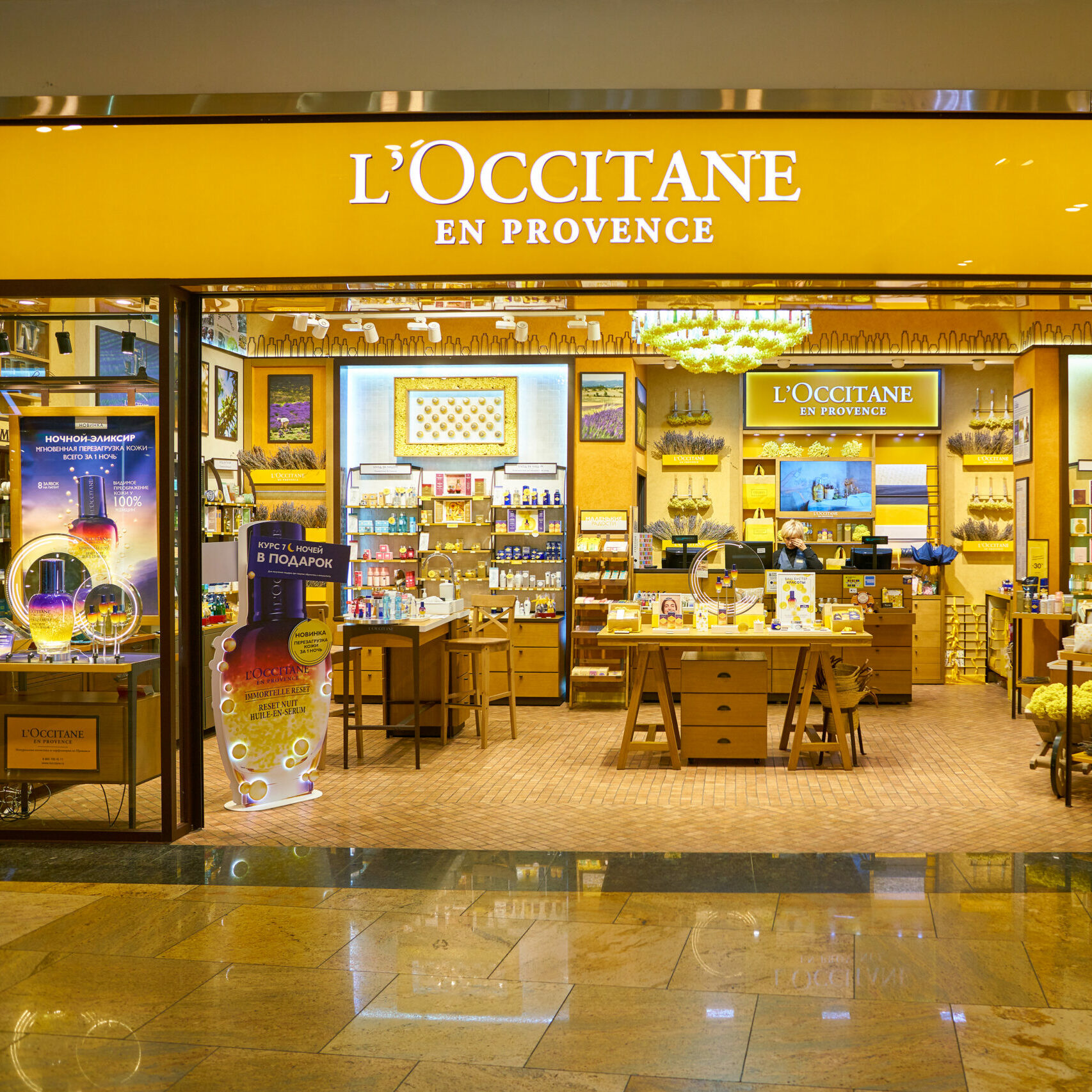By Shane Coveney, Dillon Eustace – As European exchange traded products gather a greater share of asset flows and surpass USD1 trillion in assets under management, the industry’s appetite for new and innovative products continues to develop at a greater pace than ever. Historically, fragmentation in the European market has been a significant obstacle, leading to slow growth in the exchange traded fund (ETF) market in Europe.
By Shane Coveney, Dillon Eustace – As European exchange traded products gather a greater share of asset flows and surpass USD1 trillion in assets under management, the industry’s appetite for new and innovative products continues to develop at a greater pace than ever. Historically, fragmentation in the European market has been a significant obstacle, leading to slow growth in the exchange traded fund (ETF) market in Europe.
However, market commentators predict a significant growth in the ETF industry in Europe in the coming years, with predictions of the industry growing to USD2 trillion in assets under management by 2024. With such growth and a large number of new entrants coming to Europe, we anticipate the development of more diverse and innovative products over the coming years. Ireland, as the leading domicile for European ETFs, will play a large part in the future development of the regulated ETF product.
European ETFs are typically established as undertakings for collective investment in transferable securities (UCITS) pursuant to the UCITS Directive and as such have a number of specificities which are unique to the UCITS ETF product. UCITS are investment funds established and authorised under a harmonised EU legal framework under which a UCITS established and authorised in one EU Member State can be sold cross border into other EU Member States without the requirement for any additional authorisation.
In recent times, observers of the European ETF market will have noticed the growing trend to launch pure play thematic ETFs, ranging from computing and robotics to healthcare and cannabis, and products with a focus on environmental, social and governance (ESG) aspects. However, to date, there has been little development in Europe in seeking to bring “non-transparent” active products to market when compared to the US ETF industry.
Non-transparent prospects
“Non-transparent” active products are actively managed ETFs that do not provide the market with full transparency in relation to the holdings, or the relevant weightings, of the investment fund on a daily basis. This lack of development can, in large part, be put down to the regulatory framework in which European ETFs are established that sees ETFs regulated as UCITS products, and the fragmented listing requirements which differ slightly in a number of jurisdictions.
Should an ETF Issuer aim to enter the European market by seeking to adapt one of the many mechanisms approved in North America for the European market, the key issues which will need to be overcome include having the ability to illustrate how the intra-day net asset value (iNAV) would be constructed and verified as well as implications for the timing of exchange trading; the different possible approaches to creations / redemptions where the portfolio is not disclosed; and the extent to which an ETF Issuer would ensure public disclosure of the underlying assets.
The Central Bank of Ireland (the Central Bank), as a leading regulatory authority in Europe, outlined in its “Feedback Statement on DP6 – Exchange Traded Funds”, published in September 2018, its position on the requirement for Irish ETFs to provide daily portfolio disclosure in the context of the authorisation of ETFs as investment funds. The Central Bank has previously stated that a key element of ETFs is transparency and portfolio disclosure. The Central Bank has been clear on its position, stating in its guidance that it “will not authorise an ETF, including an active ETF, unless arrangements are put in place to ensure information is provided on a daily basis regarding the identities and quantities of portfolio holdings”. It also requires that the offering documentation “disclose the policy regarding portfolio transparency including where information on the portfolio may be obtained”. In this regard, the Central Bank advocates transparency and portfolio disclosure to be seen as an effective tool which seeks to ensure effective arbitrage and as being integral in seeking to ensure efficient and liquid markets exist where spreads on the secondary market can be kept as narrow as possible.
It has been argued in the past that transparency is a cornerstone of the European ETF industry, however, this is not a view which is shared by all market participants, particularly those seeking to establish a “non-transparent” active product, who have identified this issue as a stumbling block to the development of the ‘active ETF’ product. In response to this assertion, many market participants have advocated solutions whereby full portfolio disclosure is provided to a restricted group of recipients including regulators, stock exchanges and, where bound by confidentiality, Authorised Participants, or with the publication of the actual constituents of the ETF without providing the actual weightings of each constituent or, finally, the use of a ‘proxy basket’. Such solutions have been accepted by the US Securities and Exchange Commission and may meet the requirements of the Central Bank. However, such solutions have not been examined in depth through an application to the Central Bank as yet. Should this issue be satisfied to a regulators satisfaction, as ever, the fragmentation in the listing requirements in different jurisdictions will remain a point of contention and is a matter which would also need to be addressed contemporaneously.
Additional complexity
The more complex issue to be addressed in a submission which would be required to bring the first European “non-transparent” active ETF to market would be the method by which an iNAV could be disseminated to market makers in real time to facilitate active trading on the secondary market. Market participants will argue that providing disclosure to a sub-set of market participants or providing an indicative creation basket on a daily basis could be the most appropriate solution to this conundrum. Both would permit the relevant market markets to generate real time iNAVs, and assist in the creation / redemption process in the primary market – however such proposals have not, as yet, received regulatory approval in Europe.
As ETF Issuers continue to strive to bring new products to market it will be interesting to examine the development in the “non-transparent” active product market. The “non-transparent” active product is expected to see a number of ‘traditional’ asset managers looking to enter the European ETF space. However, any potential new entrants will be keen to learn from the evolution of the US “non-transparent” active market and the performance of the US “non-transparent” active product will come into sharp focus of potential investors in examining the success of the strategy.
Ireland continues to be at the vanguard of developments in the European ETF industry. The broad range of experienced professionals operating within the European ETF ecosystem in Ireland means that Ireland will continue to be the jurisdiction of choice for many entering the European market. However, it remains to be seen how a regulatory authority would view an application for the authorisation of a “non-transparent” active ETF – the door is not closed but it will take greater investor demand to drive any future development in Europe.
Shane Coveney
Partner, Asset Management and Investment Funds Team, Dillon Eustace
Shane is a partner in Dillon Eustace Asset Management and Investment funds team with particular expertise in exchange traded funds, UCITS and Alternative Investment Funds. Shane has over 10 years’ experience in advising international asset management firms and investment banks in relation to structuring, establishing and authorisation of Irish regulated investment funds and in providing regulatory advice to leading asset managers and fund promoters. In addition to advising the promoters and investment managers of such funds, Shane advises fund investors, fund directors and fund service providers on relevant Irish law, regulation and market practice.






